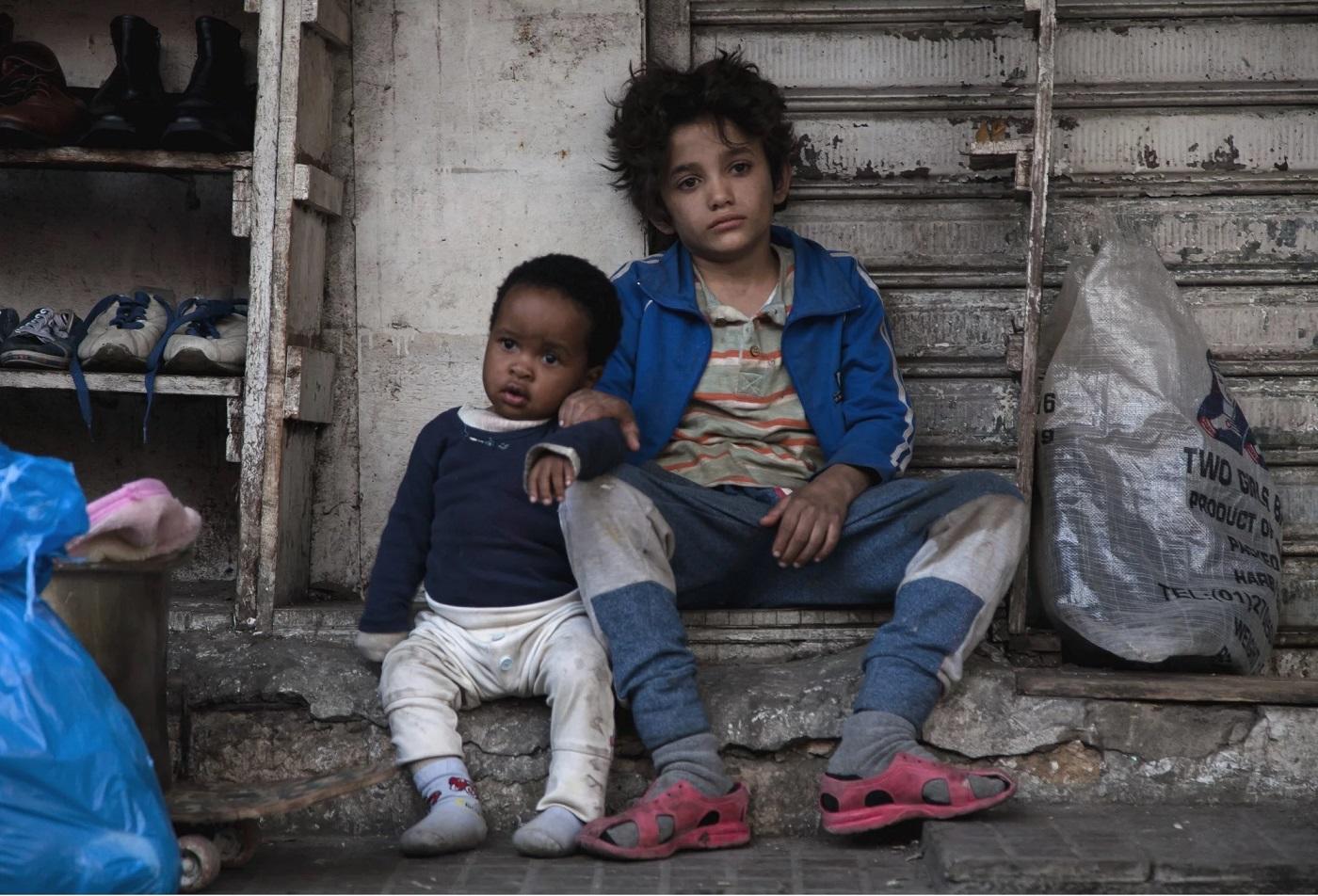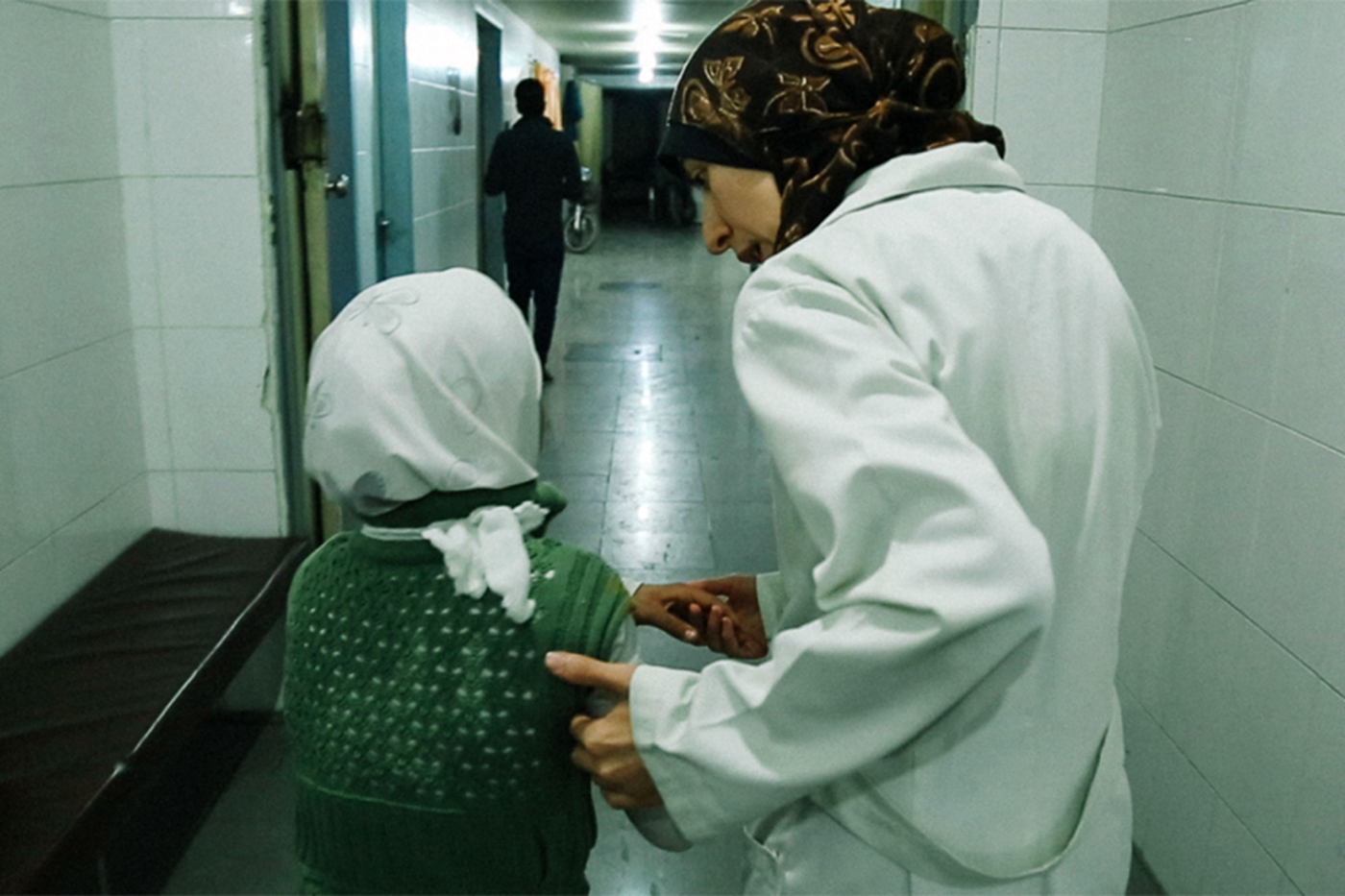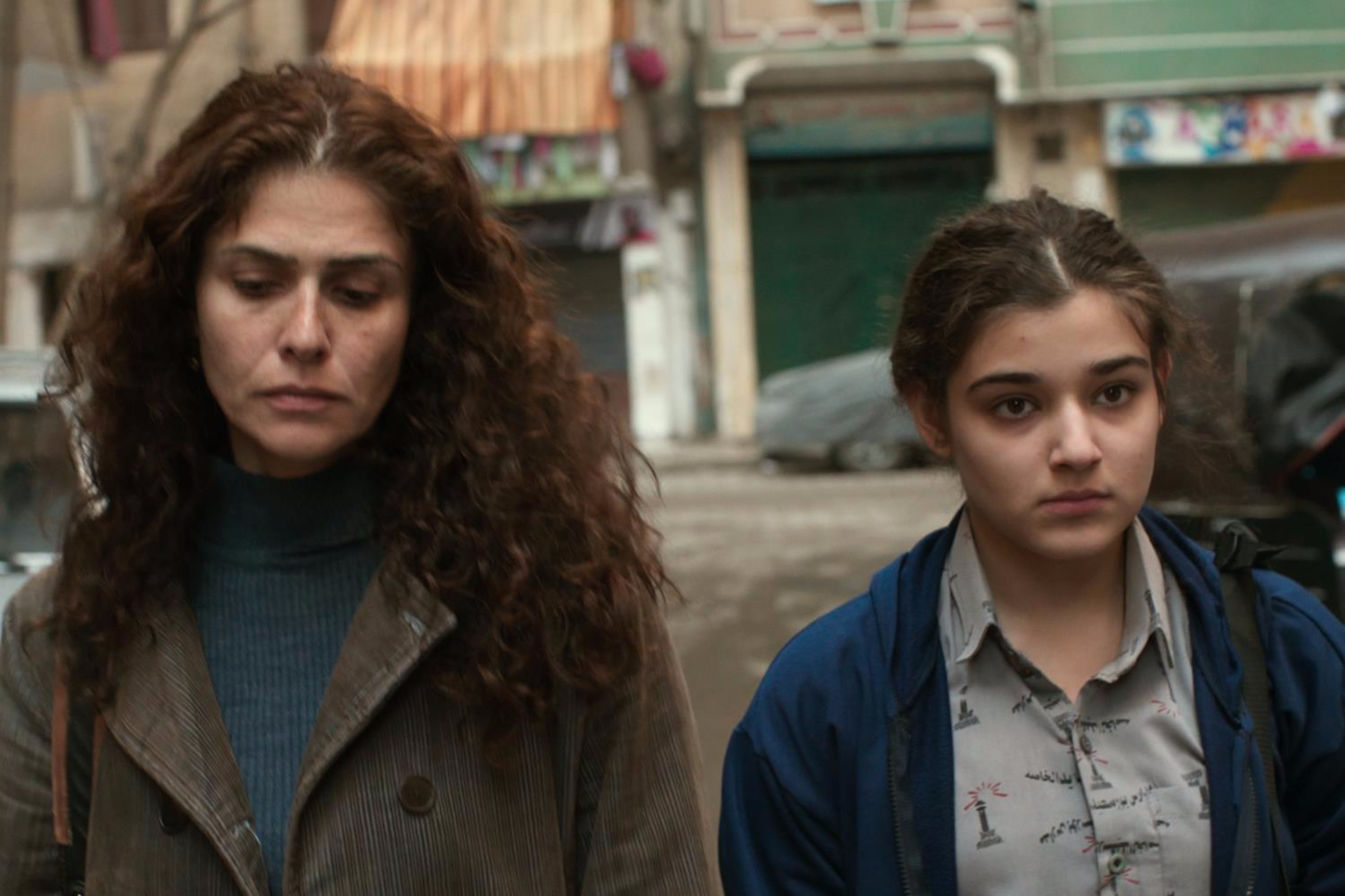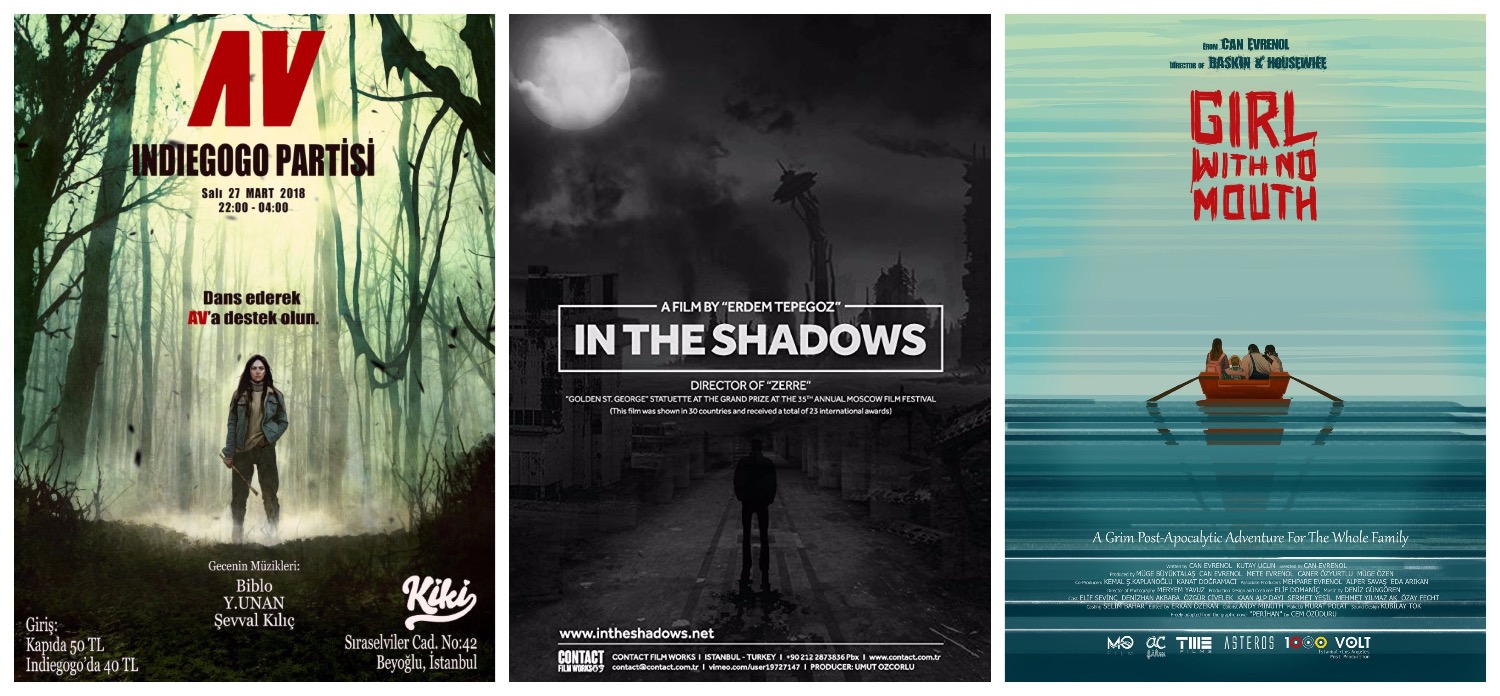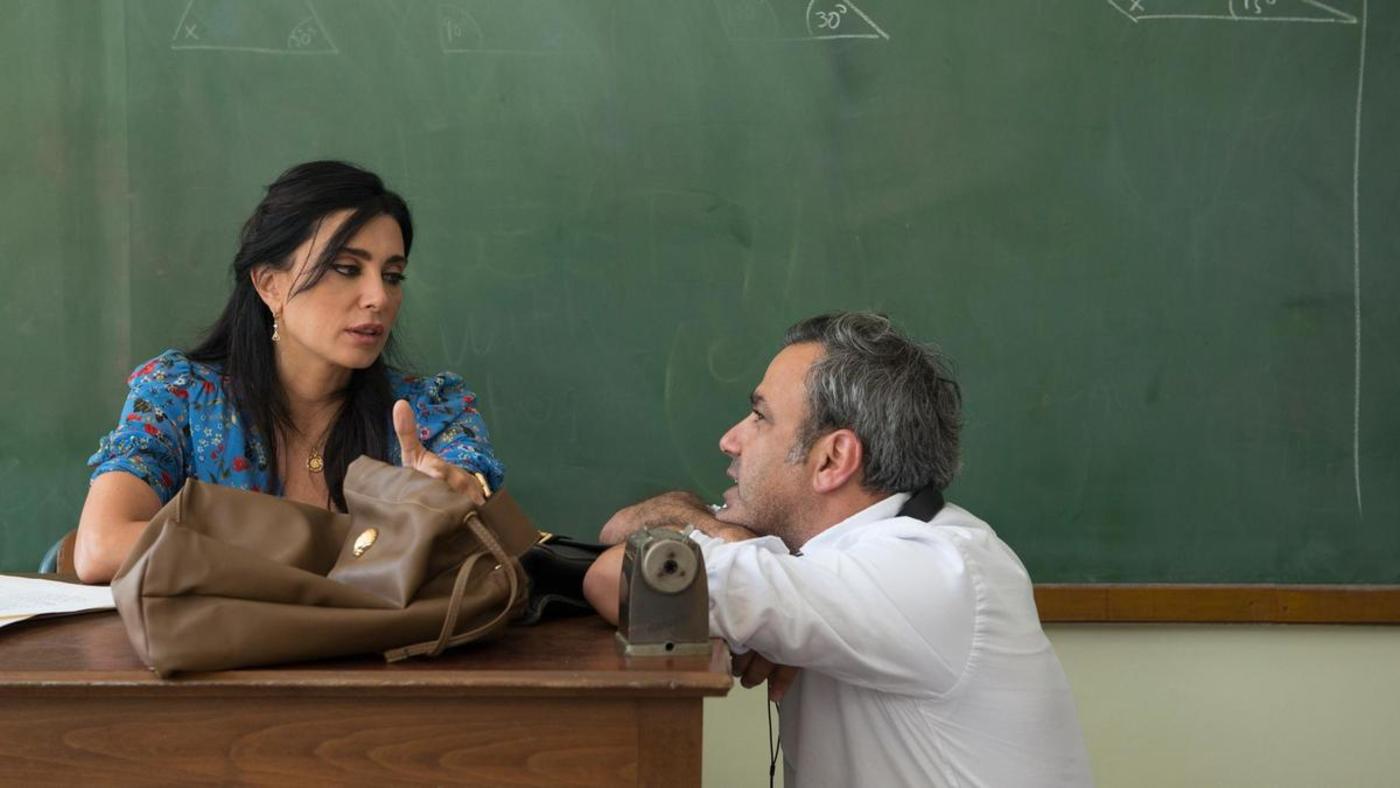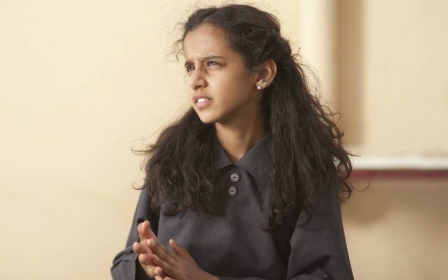Middle East cinema is big in China - but what about North America?
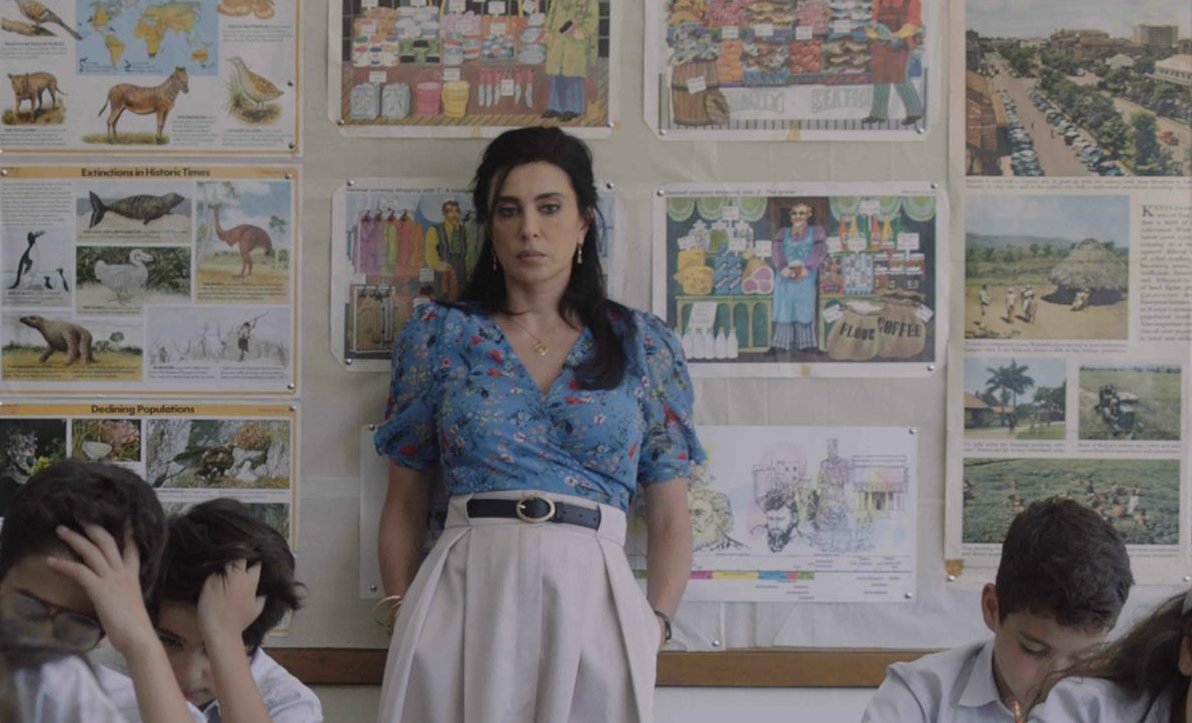
The North American film market has always mattered to Middle Eastern cinema, its directors and producers. And while it may not be as valuable to the industry as Europe is, it can still offer sizeable returns.
During the past few years, promoting features has become tougher for filmmakers. Radical changes in the independent marketplace have forced producers and distributors to modify their strategies, adapt to new realities and search for fresh opportunities.
These rapid transformations now affect how Middle Eastern and North African (MENA) films are seen and assessed in North America. Different political forces, be they stifling censorship at home or foreign co-productions, continue to shape the form and content of MENA cinema. The result is an erratic output which has, nonetheless, still managed to attract considerable interest at international festivals and events.
As many of the year’s top films begin their regional festival life, while others enter the awards season race, here are seven key takeaways for Middle Eastern films in North America.
New MEE newsletter: Jerusalem Dispatch
Sign up to get the latest insights and analysis on Israel-Palestine, alongside Turkey Unpacked and other MEE newsletters
1. China is more important than the US
Something outlandish happened to Middle Eastern cinema in 2019. Films from the region, be they big or small, are rarely released in the mammoth and ever-growing Chinese cinema market, the world’s second-largest, which is expected to overtake the US in the next few years.
So it was something of a surprise when Capernaum, Nadine Labaki’s Lebanese Oscar nominee, received a sizeable theatrical release in China - the first of its kind for a Middle Eastern movie. The drama rolled out the same week as Avengers: Endgame, which went on to become the highest-grossing feature in global history. Expectations for Capernaum – which was intended to offer high-end audiences an arthouse alternative to the superhero blockbuster - were modest, if hopeful.
But even the biggest optimists, however, couldn’t foresee what happened next. Capernaum came in second in China that week to Endgame, on its way to an unprecedented $50m cumulative total, thanks in part to smart marketing by distributor Road Pictures and that Oscar nomination. That made it the highest-grossing Middle Eastern film in history - either inside or outside the region - by a long margin.
The colossal revenues Capernaum generated in China made its $1.6m gross in North America look paltry by comparison. This was something of a shock, given that in the US the Lebanese feature was backed by indie powerhouse Sony Pictures Classics. Only four other Arab films have managed to cross the $1m line, including Caramel, Labaki’s debut feature as a director.
The freakish success of Capernaum in China pointed towards one glaring reality long known to Hollywood executives: the North American market doesn’t matter as much anymore. Before it was happening to blockbusters - now it’s happening to Middle Eastern arthouse films.
According to the latest research by the American Film Market, only 17 percent of independent films on limited release have grossed more than $100,000 and thus are considered successful. Compared to Europe or even Latin America, these numbers are trifling, barely making profit in North America for the distributors, producers and investors.
2. North American festivals still matter
One element of the North American film industry still matters to Middle Eastern producers: the festival circuit.
Events such as Sundance (which takes place in Park City, Utah in January), Toronto (also known as TIFF) and AFI (the American Film Institute, in Hollywood from 14 November) remain an important attraction for MENA film producers, less for their opportunities to cut deals and more for the prestige of having their product associated with high-end film events.
Sundance, founded by Robert Redford, is the biggest showcase for American independent films, be it narrative fiction or documentaries. During the past decade, its world cinema section has expanded and included more American-flavoured features from MENA, including the romantic comedies May In The Summer (2013) from Jordan and Halal Love (2015) from Lebanon.
AFI, meanwhile, is Hollywood’s biggest festival, bringing indie film-makers in close proximity to studio executives.
But for Middle Eastern films, the essential North American platform is TIFF, held every September, with its heady mix of world premieres in the Discovery programme. Some of MENA’s most acclaimed work of the year is also scattered across other sections including Masters and Contemporary World Cinema. The winner of its People's Choice Award has also proved a remarkable bellwether for Oscar Best Picture nominees.
The business side of TIFF is easier for Arab distributors to negotiate than the European festival circuit, with fewer high-profile titles than Cannes and less esoteric ones than Berlin.
More recently, TIFF's commercial nature has made it a market for visiting streaming services, especially those with Middle Eastern arms such as Netflix, Amazon Prime, and the upcoming Apple TV+, scouting for content both from and for MENA.
But like the Berlinale, TIFF’s scale and platform as an awards launchpad can make it tricky to navigate, especially with everyone scurrying to see the latest Oscar contenders, meaning smaller features often get lost in the melee.
Will Middle Eastern productions ever have a bigger reach, just as Netflix ensured last year for Roma?
The quality of features at TIFF this year varied wildly, much as it did at Venice. But what distinguished the Canadian festival was the scope of its MENA selections, ranging from works by masters such as Elia Suleiman’s It Must Be Heaven to Algerian newcomer Hassen Ferhani’s 143 Sahara Street. A reduced lineup also ensured each feature attracted more publicity.
The big question is whether the growing buying strength of streaming companies can offer a robust and enduring alternative to the shrinking North American theatrical market.
Will Middle Eastern productions ever have a bigger reach outside their habitual target market, just as Netflix ensured last year for the Mexican Oscar nominee Roma?
Until there is more certainty, North American festivals may struggle to obtain world premieres of major non-American productions, including those from MENA, which could still head for European launchpads such as Cannes and Venice.
3. Syrian documentaries rule
Eight years after the start of the Syrian war, non-fiction films about the conflict are still going strong. Hot on the heels of the success of For Sama, the Cannes winner from Waad al-Khateab and Edward Watts, came The Cave by Oscar-nominated director Feras Fayyad, who won at Sundance in 2017 with Last Men Of Aleppo, about the White Helmet rescue movement.
It is essential and noble that the atrocities of Syria be documented. But many of the narratives driving the countless documentaries released since 2011 feel redundant, offering no fresh understanding nor new perspectives on the conflict from which global audiences can learn.
From the outset, Fayyad’s sophomore feature sounds like a sequel to Last Men, a straightforward document of the daily horrors faced by apolitical volunteers. But in essence, The Cave is a very different beast - more abstract, more ruthless and ultimately, more harrowing than its predecessor.
The National Geographic production – which won TIFF’s People's Choice Documentary award – records the heroic efforts of the doctors and nurses at an underground hospital in Eastern Ghouta as they struggle with the scarcity of medicines, as facilities and general conditions worsen during the military siege.
A central character emerges in the form of Dr Amani. Yet while the audience becomes acquainted with her and the hospital personnel, Fayyad’s chief aim is to capture the blinding pandemonium and claustrophobia of what can only be described as a nightmare.
Few films have captured the physical commotion of the Syrian war as vividly as The Cave
The camera never leaves the hospital as the audience is suffocated, minute by minute. By the end, this induced numbness morphs from a psychological reaction to excessive bloodshed to a mechanism desperately used by the viewer to endure the experience.
Few films have captured the unbearable physical commotion of the Syrian war as vividly and unflinchingly as The Cave. It marks a brave work by a truly accomplished filmmaker, unafraid to delve into the depths of hell without dispensing the humanity and dignity of his characters.
Expect it and possibly, For Sama, to be in the running for the Best Documentary Feature at the Oscars next February.
4. Egyptian cinema is suffering
The dearth of Egypt films worthy of participation in international festivals, including those in North America, has been a recurring topic in Arab media this year.
A multitude of factors has contributed to this palpable recession. The biggest of these is the monopolisation of the industry by government-owned production companies, which has also led to an unprecedented tightening on productions and a reduction in the number of shooting permits that have been issued.
Those who have been hit include established producers such as Mohamed Hefzy (Clash, Sheikh Jackson), who this year has had two films denied screening permissions for unknown reasons.
The apolitical nature of Hefzy’s two unreleased features have prompted many to speculate that the Egyptian government does not want any competition as it strives to become the sole source of media content. A lack of governmental funding and the dwindling of international co-productions has not helped.
As a result, Egypt's independent sector suffered one of its worst years in recent history. Only one Egyptian feature made it to an A- or B- or even C-list international film festival this year: Certified Mail (Bi Elm El Wossul), the debut film of editor-turned-director Hisham Saqr, which premiered at TIFF’s Discovery section. Basma, an Egyptian star, plays Hala, a middle-class new mother suffering from postpartum depression, whose life goes haywire when she starts receiving letters from an unknown sender.
Certified Mail is boosted by a career-best performance from Basma, a former political activist and an admirably authentic middle-class milieu rarely seen in Egyptian films of late. But ultimately it underwhelms, with its lack of focus and grave thematic shortcomings.
Apart from the heroine’s dissatisfaction with her drab, meaningless existence, the narrative does not truly delve into the heart of this middle-class malaise, refraining from delineating the political implications of the neo-liberal policies introduced in 2013, while barely scratching the real source of its heroine’s agony.
Certified Mail is thoroughly lacking, both as a portrait of the middle-class and as a character study of a helpless woman who never attempts to break out from her self-imposed mental prison. The pointless and distracting diversions of its second half ultimately render this modest and largely unambitious film a predictably miserable woman picture that is clearly written by a man.
5. Turkey’s genre wave is being overlooked
As in Egypt, Turkish cinema has suffered tight control from the authorities, who have not only imposed unrealistic restrictions on co-productions (every producer is allowed to work on only one project at a time) to the subjects of films it funds (modern religious fables and nationalistic dramas to mindless entertainment).
Despite this, a group of genre features emerged in 2019 that have touched upon hot-button issues, including police brutality (Can Evrenol’s Girl With No Mouth), crumbling patriarchy (Emre Akay’s Av: The Hunt), and brainwashing of the masses (Erdem Tepegoz’s In The Shadows).
All are far from perfect, hampered by glitches including over-stylisation and blatant symbolism. Yet the urgency and ferocity of their DNA have set them apart from most Turkish films released this year.
Festivals were expected to come calling, not least from commercial events in North America; strangely, they did not. None of the trio made it to any festival outside Turkey, disproving what this writer believed would be the beginning of a new genre wave.
But one feature did: The Antenna (Bina), Orcun Behram’s stellar debut feature earned a coveted slot at TIFF as well as the BFI London Film Festival and Sitges in Spain, the world’s biggest fantasy and horror festival.
The buzz surrounding The Antenna may finally ignite the interest in the still overlooked Turkish genre output. Backed by emerging French sales agency Stray Dogs, this dystopian tale centres on the nationwide installation of TV antennae that force-feed government propaganda to the unsuspecting masses.
The pitch-black fable takes an even more sinister turn when an oily black substance begins to leak from the drive and gradually drives the citizens to madness.
Partially influenced by the early horror of David Cronenberg, The Antenna does not win any prizes for subtlety. Behram is more adept at sustaining the ambience of dread than seamlessly covering all plot holes.
But his affecting and confrontational parable couldn’t feel more timely or relevant, given the current suppression of Turkish media. As such it marks a daring stand-off against a government that remains one of the world’s biggest jailer of journalists.
6. Star power? It still matters
The presence of Middle Eastern stars has long been deemed an unimportant factor for small films vying for international audiences. Traditional wisdom holds that such names mean little beyond home markets.
But this widely-held view was broken in 2019 thanks to a trio of star-fronted features at TIFF: Basma in the aforementioned Certified Mail; Hinde Boujemaa’s Noura’s Dream, starring Hind Sabri, Tunisia’s most celebrated star; and Lebanese Oualid Mouaness’s 1982, starring Capernaum director Nadine Labaki.
Of the three, the last made the biggest splash, winning the NETPAC Award in Toronto and the FIPRESCI International Critics Prize in Egypt’s El Gouna festival. It has also been selected as Lebanon’s entry for the 2020 Best Foreign Language Oscar.
Oualid Mouaness’s feature debut follows a single day in the life of an upper-middle-class American at the peak of the civil war during the early 1980s. Its main focus is the struggle of Wissam (Mohamad Dalli), an 11-year-old lovelorn kid, to divulge his amorous feelings for his classmate crush while the war outside rages on.
Labaki, in an uncharacteristic understated performance, plays Yasmine, a concerned teacher struggling to keep her head straight amid the invisible chaos.
A straightforward unshowy affair that mostly relies on the strength of its young leads and the scene-stealing charisma of Labaki, 1982 is a heartfelt love story of a group of children striving to understand themselves and each other amid unfathomable and imperceptible violence that threatens to tear apart the fabric of life as they know it.
Several critics have questioned the unresolved nature of the narrative development, progression and ending, but then that's what Mouaness wants to capture: this feeling of an everlasting present where the real and surreal – key components of childhood – gradually conflate.
It’s also one of the rare portraits of upper-middle-class life in Lebanon; a snapshot of an orderly world that would soon be ravaged by the bedlam of the subsequent years.
7. Established auteurs find it tough
For the average independent filmmaker in the MENA, the real challenge is not producing their first nor their second film but the third. That’s when a director is expected to stop resorting to grants from public film funds and the like and start securing substantial finance from private equity and proven producers.
The upshot is that most established Middle Eastern filmmakers take a long time between every succeeding film to find funding in an industry that's fixated on young and emerging talent.
Various Arab filmmakers made much-awaited comebacks in 2019 after long absences, including Palestinian Elia Suleiman with his fourth feature, It Must Be Heaven, and Tunisian Nouri Bouzid with his ninth production, The Scarecrows. Many delivered works of differing merits, most of which fell short in equalling the greatness of their previous work.
Most established Middle Eastern film-makers take a long time between films to secure funding in an industry fixated on youthful talent
The most radical and disappointing was South Terminal (Terminal Sud), the sixth feature from acclaimed French-Algerian director Rabah Ameur-Zaimeche (Adhen, Story of Judas).
Ameur-Zaimeche has had an atypical career, exploring different facets of his North-African heritage with his diaspora experience.
Reality and fiction interlace in diverse and unpredictable fashion throughout his work, with South Terminal a prime example; a political thriller which initially implies it is taking place during the Algerian civil war of the 1990s, yet whose time and location are never identified.
The protagonist is an alcoholic physician (Djemel Barek) who is committed to his work despite multiple death threats, conspiracy theories, back-stabbing and the dissatisfaction of his long-suffering girlfriend.
But the result is too opaque, dispensing character motivation and cultural specifics for a tense and dense sketch of a world on the brink of collapse.
Through withholding key information, Ameur-Zaimeche seems to be aiming for a universal meditation on identity and the toxic relationship between disenfranchised individuals and their disfigured environments; much like what might be found in the work of Michelangelo Antonioni.
But because the narrative is set in the Middle East, the view of the region that he offers feels one-dimensional, stereotypical and lacking in complexity. The result is a yet another portrait of the Middle East portraying little more than a violent, war-torn region.
There’s an alluring quality in both the mysteriousness of the narrative and the doomed aura of a self-victimised hero drawn to a destiny he refuses to fight. But ultimately, this is all surface-based with little insight not only into the ever-evolving politics of the region, but into the elusive human condition.
Middle East Eye delivers independent and unrivalled coverage and analysis of the Middle East, North Africa and beyond. To learn more about republishing this content and the associated fees, please fill out this form. More about MEE can be found here.


